If you’re self-employed, your primary focus, especially in your entrepreneurial effort’s early years, likely is to just make sure your business survives. But once you’re on a stable business footing, it’s wise to look into tax-deferred retirement plan options for your small business.
1. Simplified Employee Pension (SEP):
One reason that SEP plans are popular is that they are easy to set up and maintain. You can establish a SEP with a simple one-page form, Form 5305-SEP, Simplified Employee Pension – Individual Retirement Accounts Contribution Agreement. Or, if you prefer, you can open a SEP-IRA through a mutual fund, bank, or other financial institution. A SEP-IRA operates essentially like a traditional IRA for tax purposes. Once created, the administrative responsibilities are minimal. There are no employer tax filings. You can contribute as much as 25 percent of your net self-employment earnings up to annual maximum amounts that are adjusted each year for inflation.
2. Savings Incentive Match Plan for Employees (SIMPLE) IRA:
A SIMPLE plan provides you and your employees with a relatively easy way to make retirement contributions. A SIMPLE IRA has two sources of funding whereby employees may choose to make salary reduction contributions to plan instead of receiving the amounts as part of their regular compensation. In addition, as the boss, you will contribute either matching or non-elective amounts to the accounts of eligible employees. As a self-employed individual, you can defer all of your net self-employment earnings or up to $13,500 in 2021 and in 2020 ($13,000 in 2019), plus an additional $3,000 if you’re 50 or older (in 2015 – 2021), plus either a 2% fixed contribution or a 3% matching contribution.
3. 401(k) plan:
There are more administrative requirements with a one-participant 401(k) plan, but that doesn’t dissuade many self-employed people from opening this type of account. The reason for dealing with more hassles? An owner-only 401(k) often allows for a larger contribution than a SEP or SIMPLE IRA. The self-employed retirement plan works essentially like a traditional workplace-defined contribution plan. However, a single participant 401(k) — which also is commonly referred to as a solo 401(k), solo-k, or uni-k plan — covers a business owner with no employees, or the owner and his or her spouse who works for the business.
